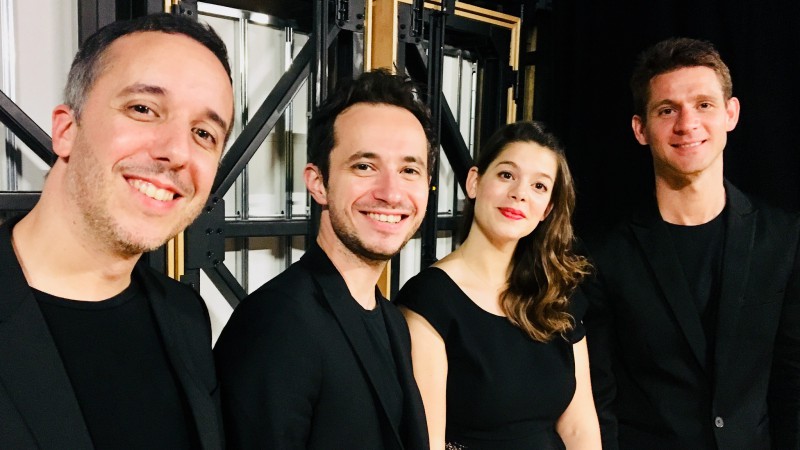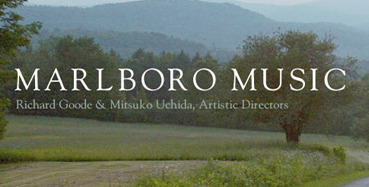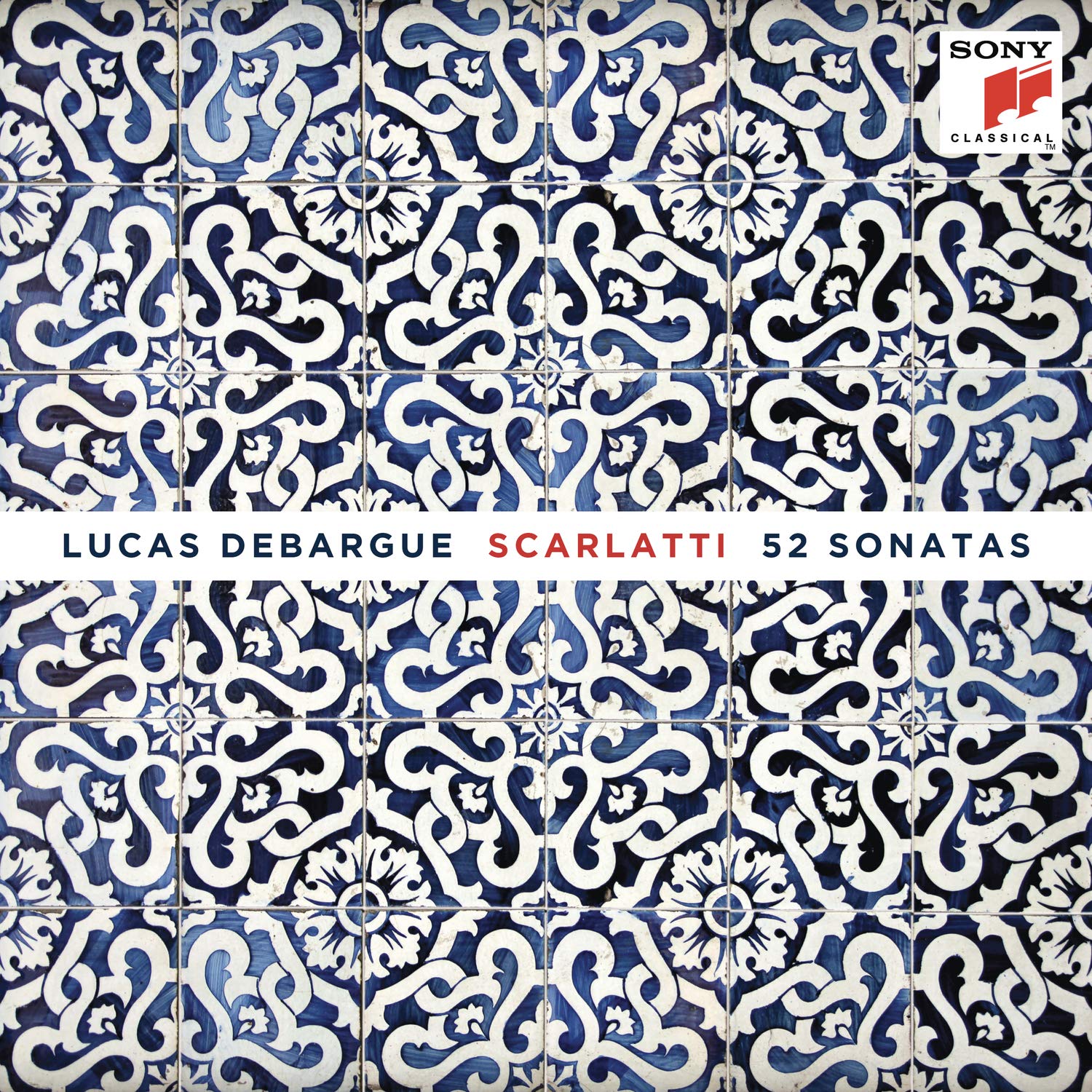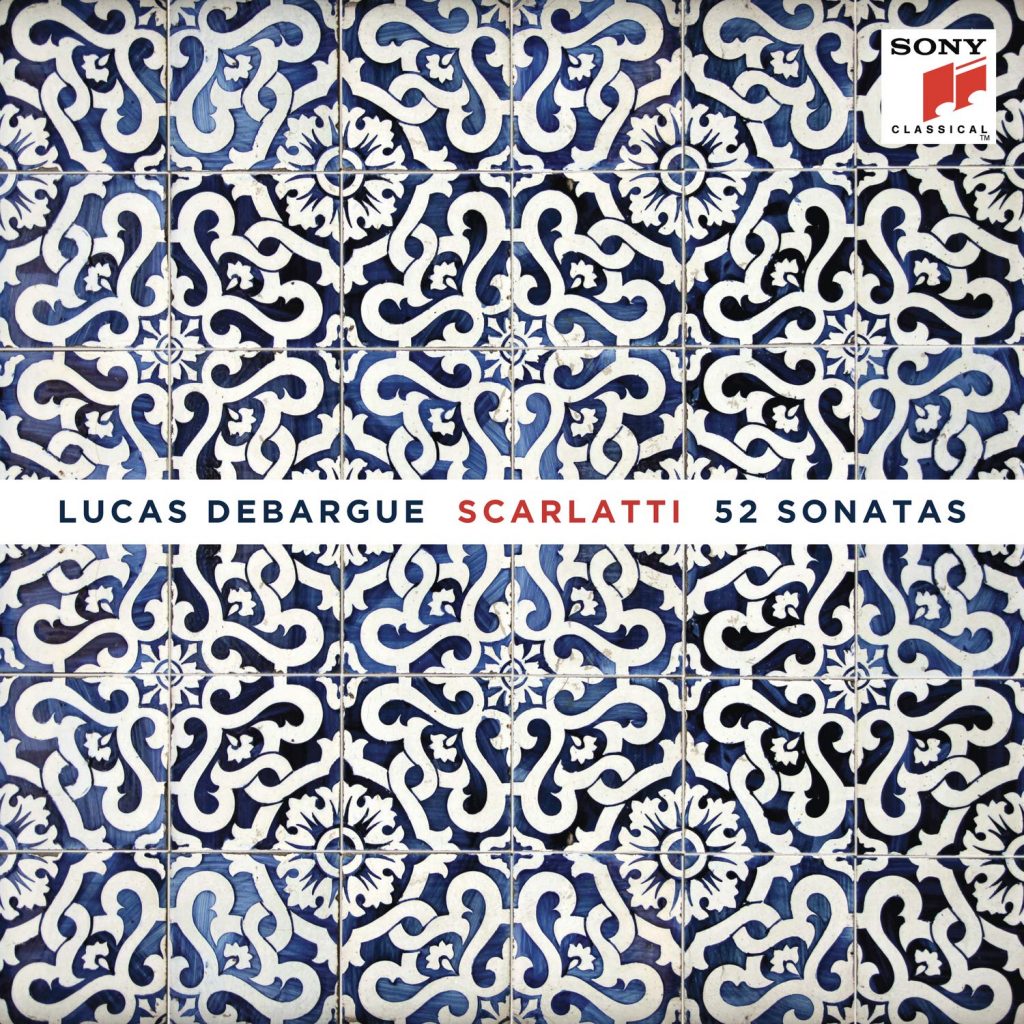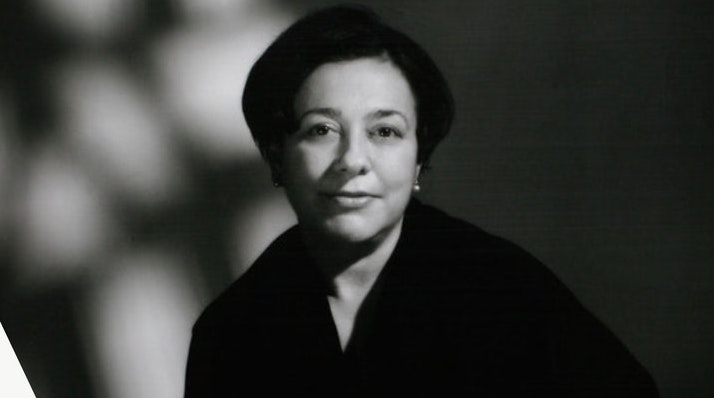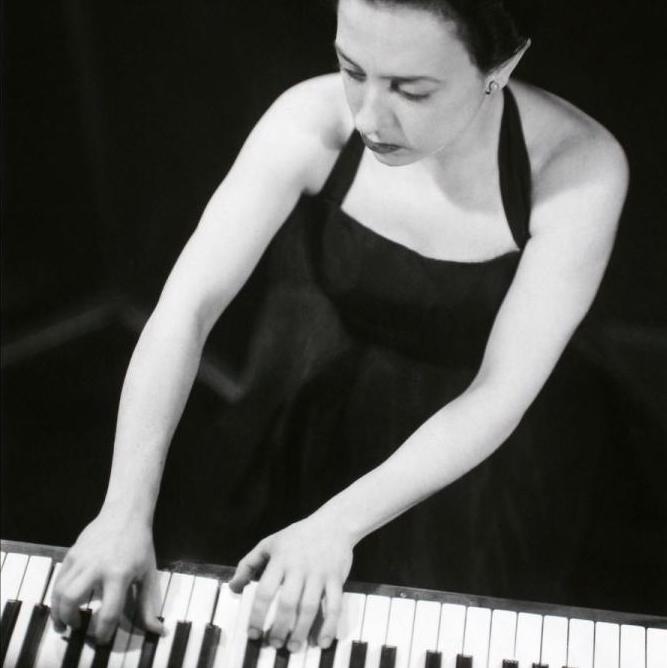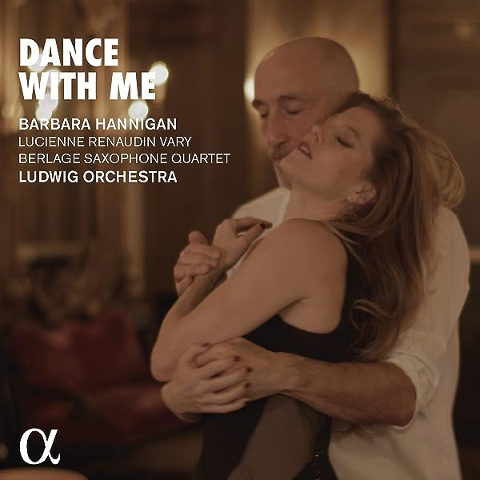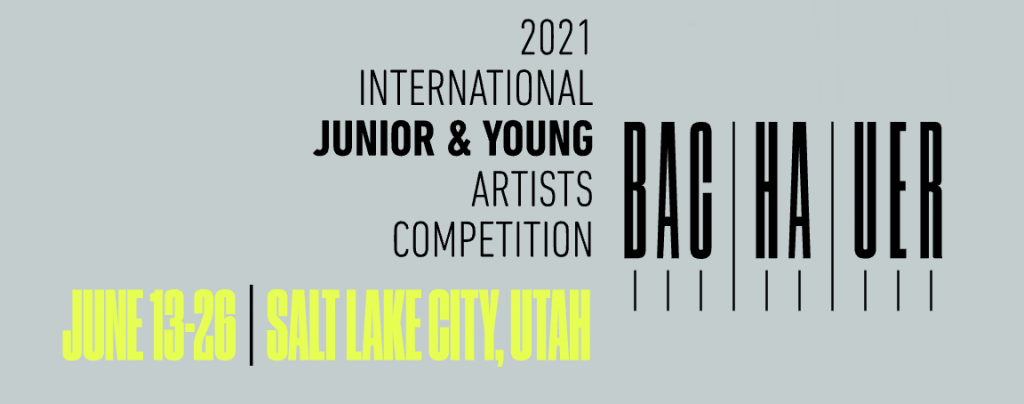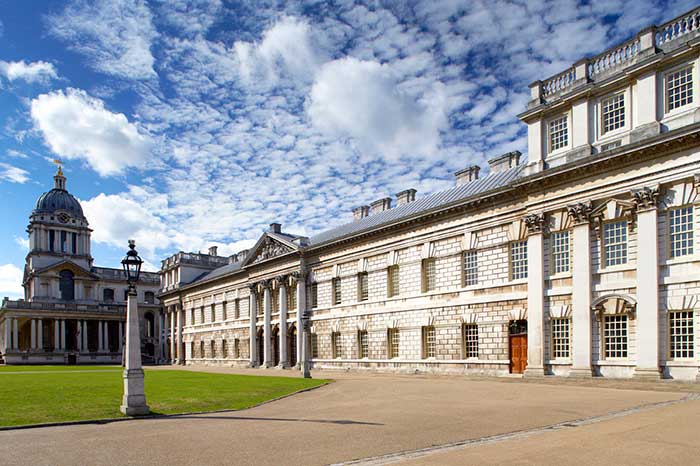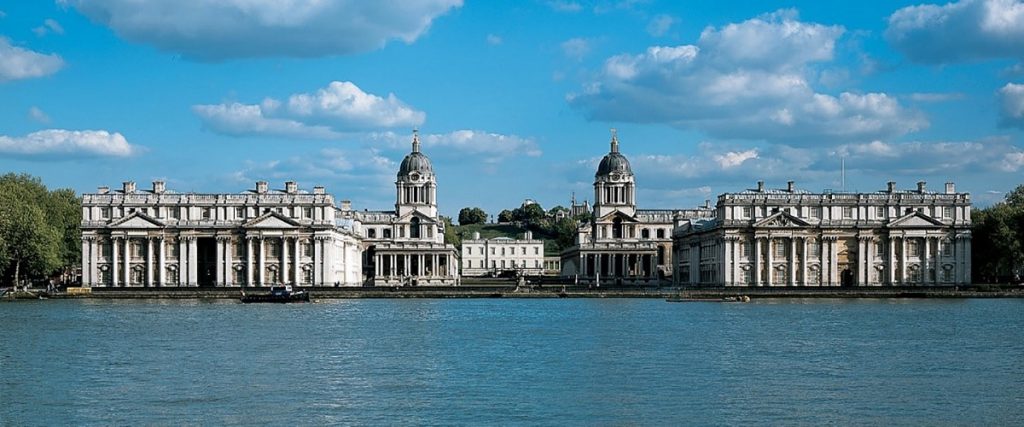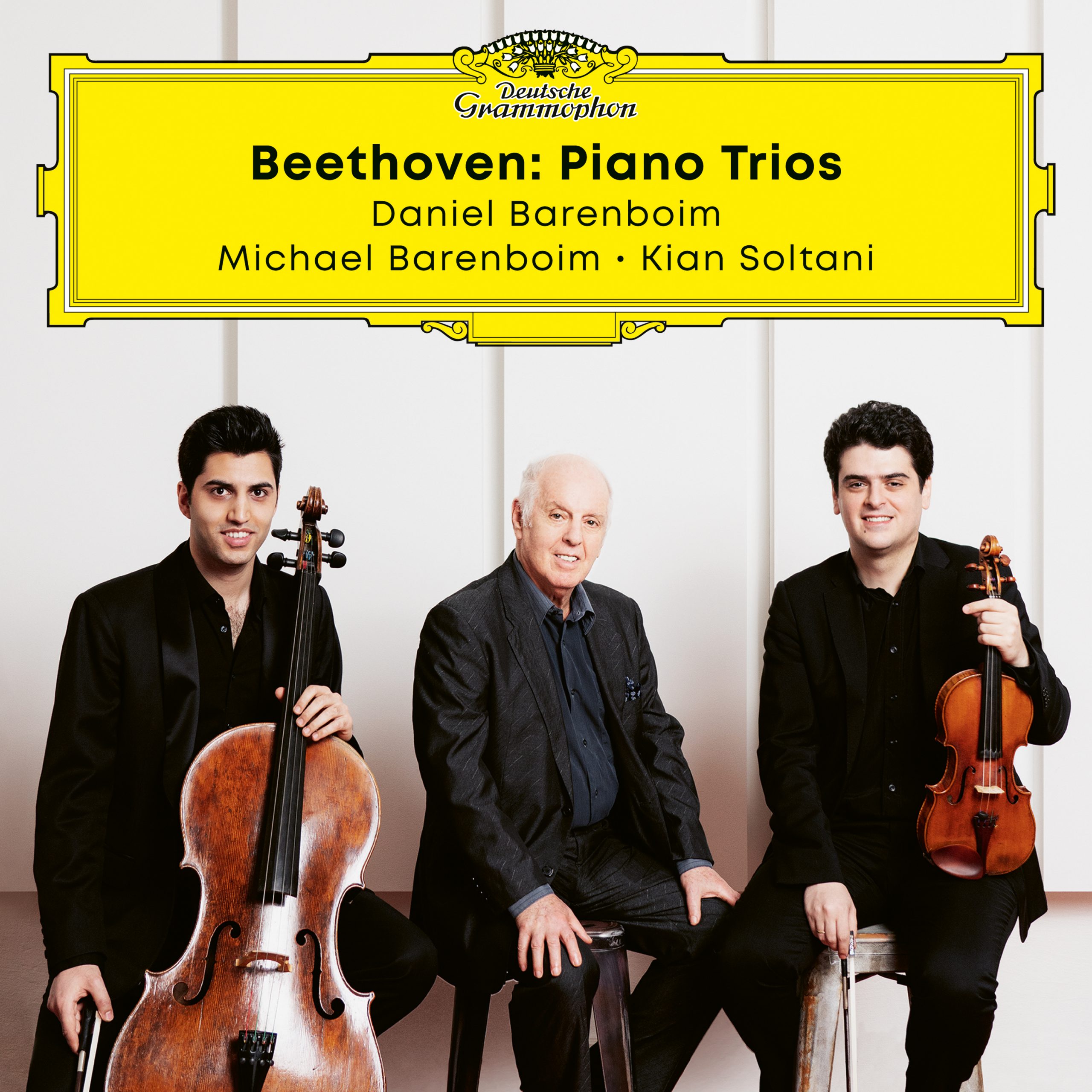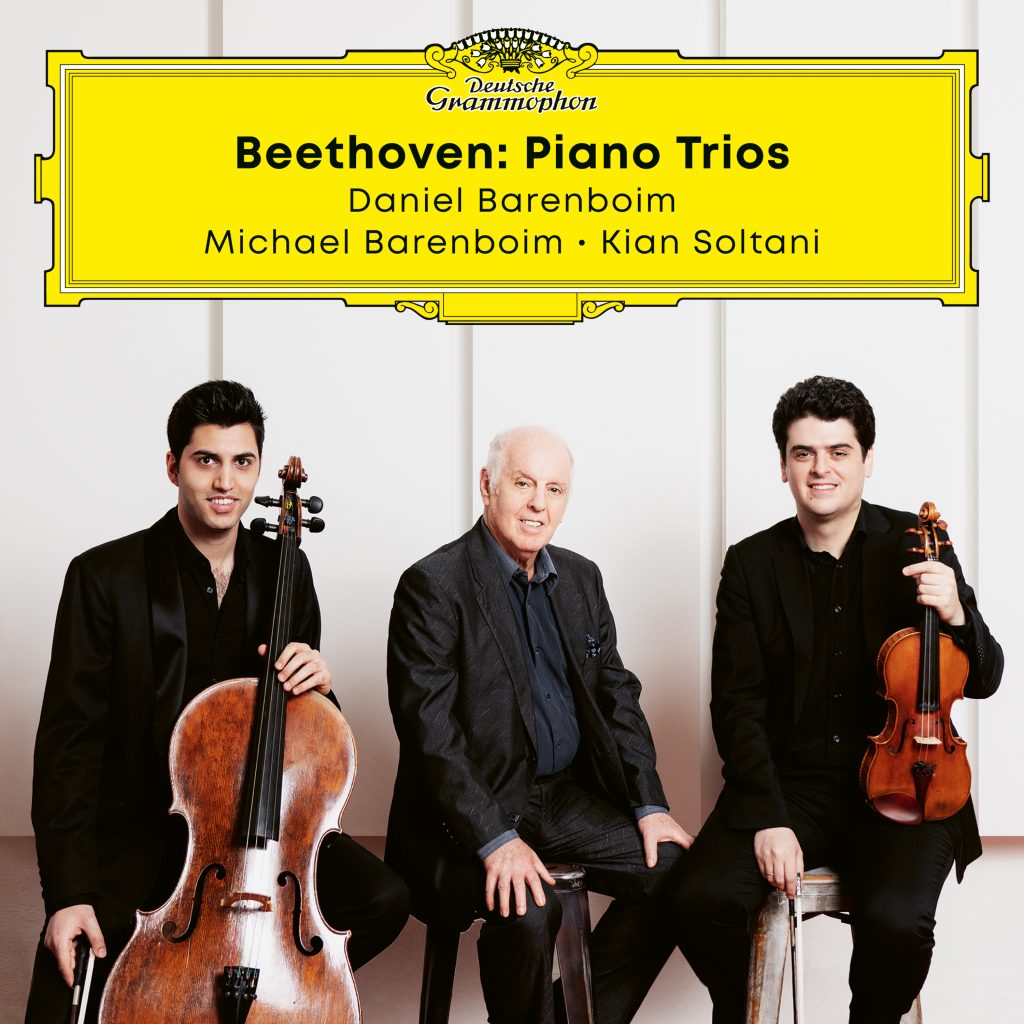Quatuor Ébène
When four virtuosos meet
Top Classical, August 2021
Quatuor Ébène was founded in 1999 at the Boulogne-Billancourt Conservatory in France. It was initially formed only as a distraction in the university’s practice rooms, but it wasn’t long after this brilliant ensemble got everybody’s attention.
After studies with the Quatuor Ysaÿe in Paris they rapidly reached fame in the 2004 ARD Music Competition, where they were awarded 1rst prize, followed, by numerous other prizes and awards. For example: In 2005 the quartet was awarded the Belmont Prize of the Forberg-Schneider Foundation, in 2007 it was prizewinner of the Borletti-Buitoni Trust, and in 2019 – as first ensemble ever – it was honored with the Frankfurt Music Prize.
The group is known for its versatility and performs a variety of genres, such as classical music, contemporary music, jazz, and crossover. They have created their own particular style. Not only have the Ébènes proven adept at reinvigorating familiar repertoire — their 2009 recording of the Debussy and Ravel quartets stands up to nearly any rival — but they’re also highly skilled arrangers of jazz and pop songs. Beyond its classical repertoire, some of the group’s most popular performances have been crossover, such a rendition of the music from the score of Pulp Fiction, arrangements of classic Beatles hits, and a jazz vocal/instrumental arrangement of “Someday My Prince Will Come” from Snow White and the Seven Dwarfs.
The quartet went through slight changes in its members. Last incorporation was violist Marie Chilemme who entered the ensemble in 2017. The other three members are: Pierre Colombet, violin, Gabriel Le Magadure, violin and Raphaël Merlin, violoncello.
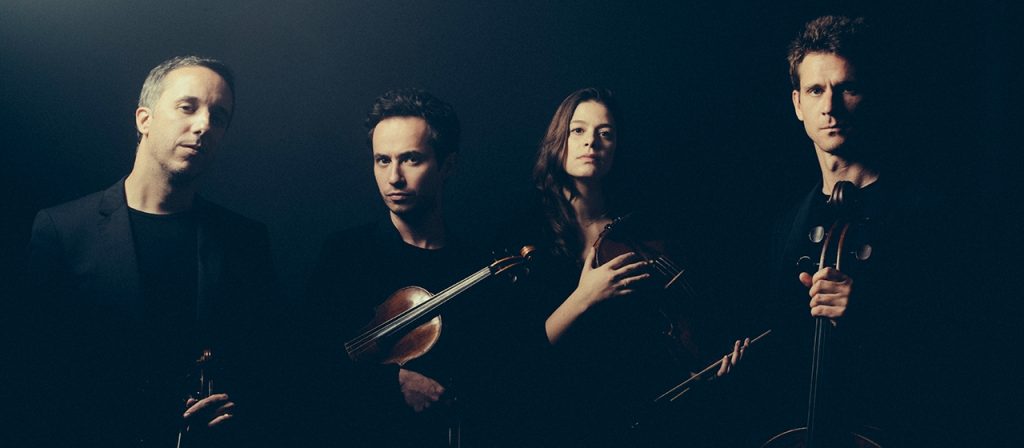
The Quatuor Ebène’s concerts are marked by a singular spirit. With their magnetic playing, their new fresh look at traditional works and their willingness to merge with new forms, the musicians have arrived to a wide audience of young listeners; they communicate their knowledge in regular master classes at the Conservatoire Paris.
Since 2005, when the ensemble won the Belmont Prize of the Forberg-Schneider Foundation, the institution has worked closely with the musicians, allowing them – since 2009 – to play valuable old instruments from private collections.
Last season Quatuor Ebène embarked on their “Beethoven Around the World” tour last year—giving some 40 concerts across 18 countries on all six continents. In conjunction with their tour, they recorded the complete cycle at seven venues.
The price of being the best is well known by the quartet members, who send uncountable hours practicing together, the friction sometimes is inevitable: “You cannot be in a string quartet and be four best friends,” said one of the former members of the quartet, during an interview by Boston Glove. “Musically that cannot work. You also need the fight, to be very good. If you’re best friends, it’s always like, ‘Oh, you’re right, it’s very good.’ But there is no evolution. If you want to have an evolution in your interpretation, you sometimes have to try to understand the opposite of your idea, and also explain your idea. There are fights, but it’s normal.”

